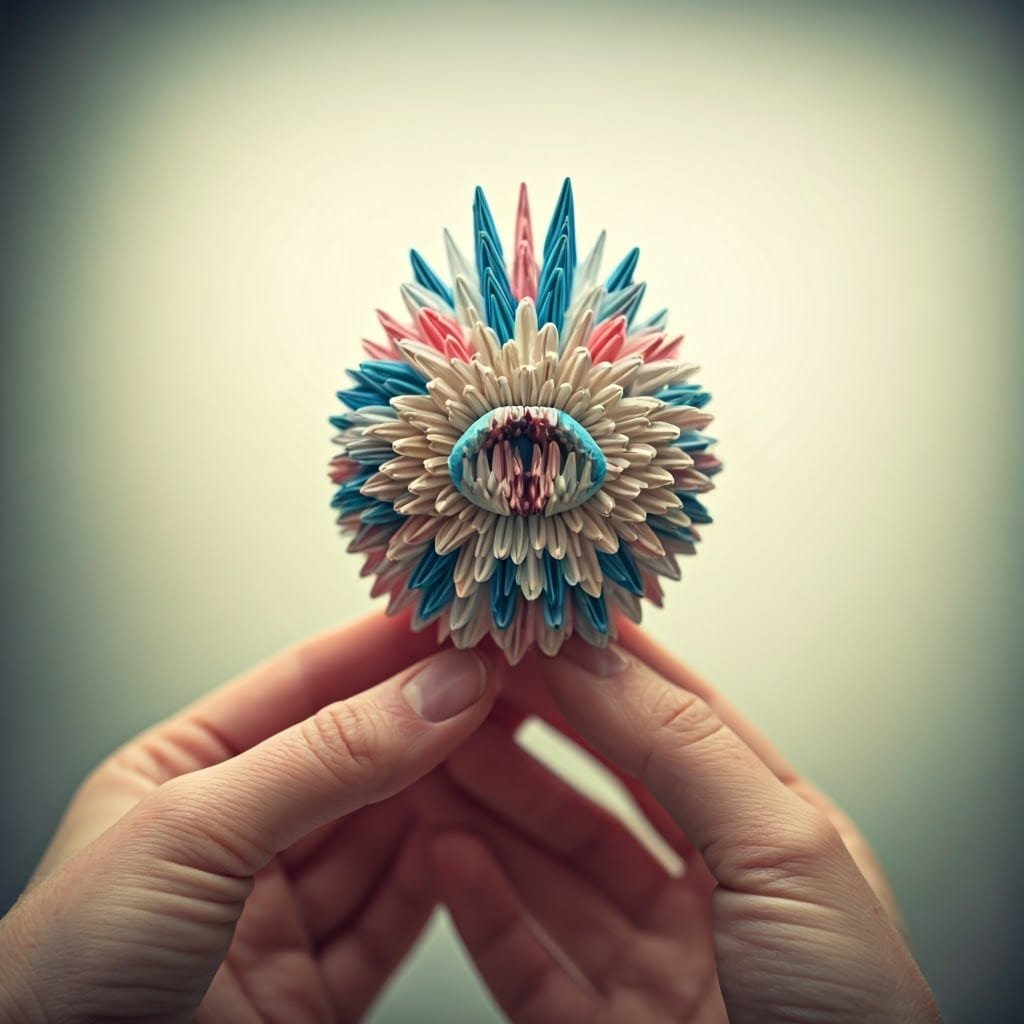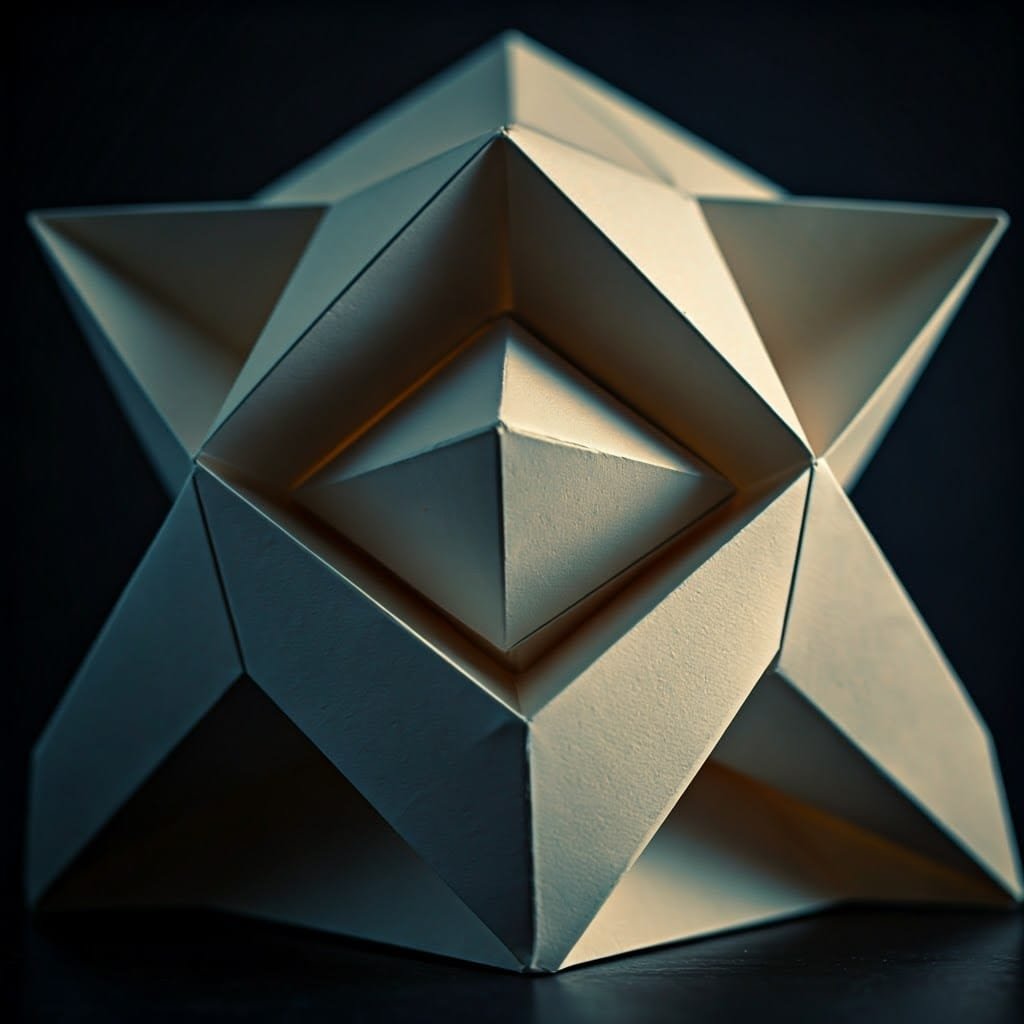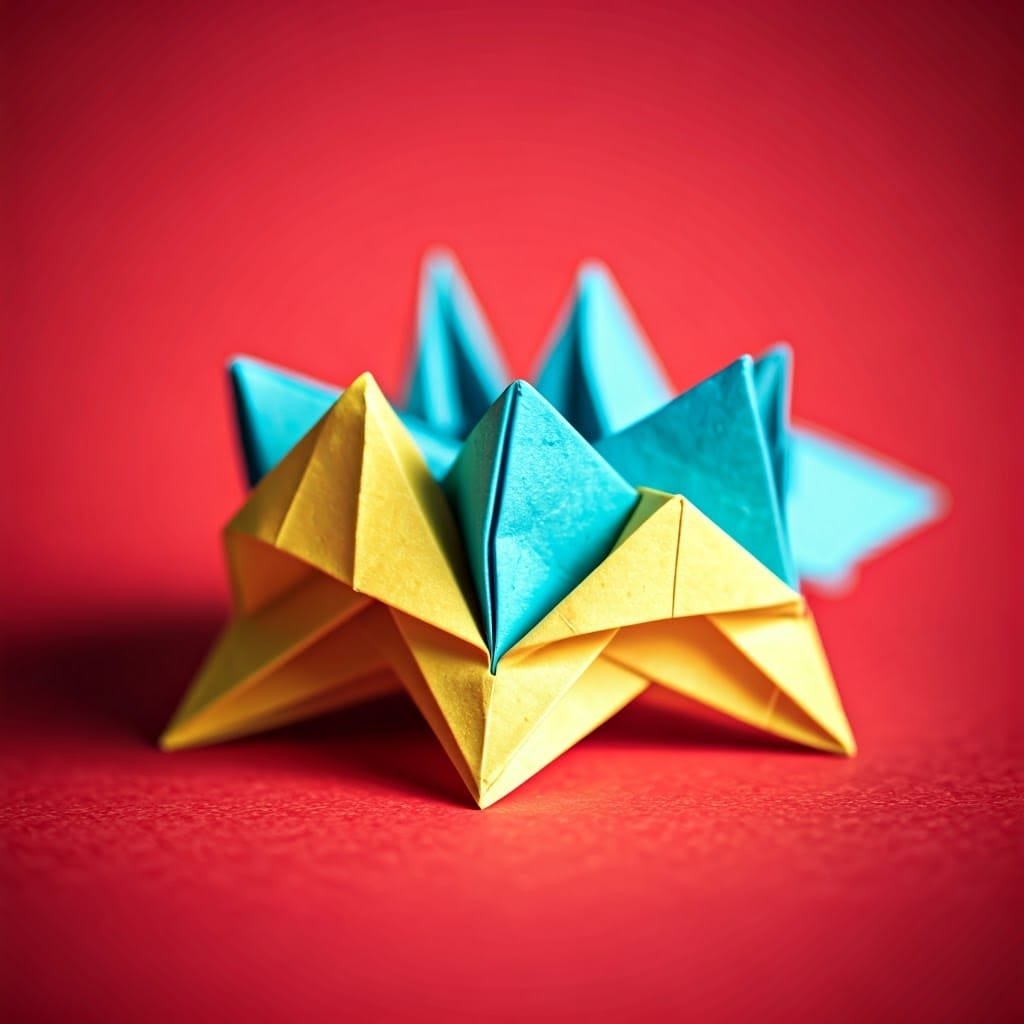Your cart is currently empty!
Stay in Touch!
Get updates about new artwork and upcoming events.
Get updates about new artwork and upcoming events.
—
by
When we think of sculpture, materials like marble, bronze, or clay might spring to mind—substances that seem permanent, enduring, and steeped in tradition. Yet, there is another form of sculptural art that uses a material far more transient and deceptively simple: paper. This versatile medium has given rise to a unique breed of artists—paper sculptors—who transform flat, delicate sheets into works of astonishing depth and complexity. But what exactly is a paper sculptor? And how does their craft compare to the work of traditional sculptors?
Let’s delve into this fascinating art form, exploring the shared foundations between paper sculptors and traditional sculptors, and discovering the qualities that make paper sculpting a unique artistic pursuit.

At its core, sculpting is about shaping material to create form. Whether the medium is stone, metal, or paper, the artist’s goal remains the same: to manipulate physical space, evoke emotion, and communicate ideas. Paper sculptors share this foundational principle with their traditional counterparts. They study balance, proportion, texture, and negative space, constantly asking, “How will this shape occupy the viewer’s mind as well as their eyes?”
Much like traditional sculptors, paper sculptors engage in a process that is both technical and intuitive. It requires patience, precision, and a deep understanding of the material’s possibilities and limitations. For instance, a paper sculptor must consider how folds and layers affect stability, just as a metalworker calculates weld points or a stone carver anticipates fracture lines.
Despite these similarities, paper sculptors face challenges that are uniquely tied to their medium. Paper, unlike marble or bronze, is inherently fragile. It bends, creases, and tears with ease. Yet, it is this very fragility that gives paper sculpture its distinct character and appeal.
Paper sculptors work in the tension between fragility and strength. Their medium, often perceived as ephemeral, is used to craft forms that feel surprisingly enduring. This paradox—of making the impermanent seem permanent—is one of the defining features of paper sculpture.

Paper’s malleability allows for an unparalleled range of expression. It can be folded, cut, layered, and painted. It can mimic textures like stone or fabric, or create forms that feel entirely otherworldly. A single sheet can transform into intricate tessellations or monumental installations, limited only by the artist’s imagination.
Unlike traditional sculptors who wield chisels or torches, paper sculptors rely on precision knives, folding tools, adhesives, and occasionally advanced techniques like laser cutting. These tools enable an astonishing level of detail, with forms that range from organic and fluid to geometric and architectural.
Paper carries a unique cultural and emotional resonance. Historically, it has been a medium for storytelling, record-keeping, and communication. In sculpture, this symbolism persists. Each fold and crease can represent resilience, adaptability, or even fragility. Paper’s ability to bend without breaking becomes a metaphor for strength in the face of adversity—a theme deeply embedded in the works of many paper sculptors.

For art collectors, paper sculpture offers something truly special: a blend of technical mastery and conceptual depth. The medium invites viewers to reflect on the balance between impermanence and endurance, simplicity and complexity. A paper sculpture doesn’t just decorate a space; it transforms it, encouraging contemplation and dialogue.
Moreover, paper sculptures are often one-of-a-kind pieces. The artist’s hand is evident in every cut, fold, and layer. This sense of intimacy—of knowing the work was crafted with such care—makes owning a paper sculpture a deeply personal experience.

Paper sculptors are, above all, artists of possibility. They take a material often overlooked and elevate it to extraordinary heights. Their work reminds us that even the simplest of materials can hold profound beauty and meaning.
So, the next time you encounter a paper sculpture, take a moment to appreciate its nuances. Consider the journey of the artist—from the precision of each fold to the vision behind the final form. And perhaps, as you do, you’ll see in its fragility a reflection of your own strength.